Search
Search Results
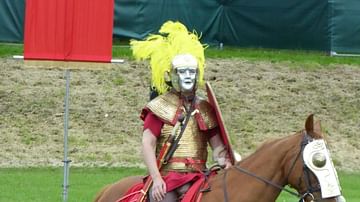
Definition
Roman Auxiliary Cavalry
The Roman army consisted of three separate divisions: the famed legions, the cavalry, and lastly, the auxiliaries. The auxiliaries (auxilia) were comprised of infantry cohorts, mounted infantry, and cavalry units or wings (alae). Although...
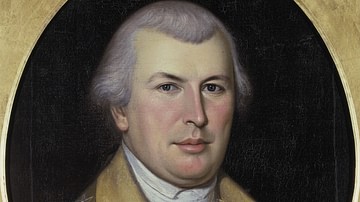
Definition
Nathanael Greene
Nathanael Greene (1742-1786) was a general of the Continental Army during the American Revolutionary War (1775-1783). One of George Washington's most trusted subordinates, Greene served capably as Quartermaster General before leading the...

Book Review
Heavenly Warriors: The Evolution of Japan’s Military, 500–1300 (Harvard East Asian Monographs)
This is a fairly old book since it was first published in 1996, but it remains the best English-language introduction to the history of the warrior class in ancient Japan. In English, Japanese warriors are usually referred to as ‘samurai’...

Article
Italian Colonialism in Libya
One of the most coveted projects of Italian colonial policy was to secure an African colony in the Mediterranean. For this reason, Italy fought and won the Italo-Turkish war of 1911-1912 for the control of Tripolitania and Cyrenaica. These...

Article
Legacy of the Ancient Romans
The legacy of the ancient Romans – from both the time of the Roman Republic (509-27 BCE) and the time of the Roman Empire (27 BCE - 476 CE) – exerted a significant influence on succeeding cultures and is still felt around the world in the...
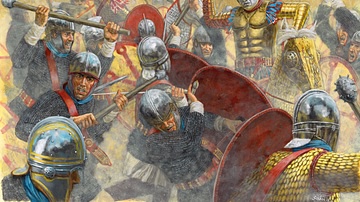
Article
Legions of Late Antiquity
The Roman army underwent dramatic changes in Late Antiquity. Civil war and external conflicts led to the creation of new legions while existing legions were either split or disbanded. Although there was an increase in the number of legions...
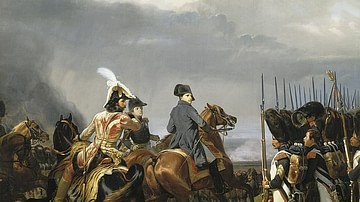
Article
Battle of Jena-Auerstedt
The twin battles of Jena and Auerstedt, both fought on 14 October 1806, marked a major turning point in the Napoleonic Wars (1803-1815). It saw the French Grande Armée, led by Emperor Napoleon I (r. 1804-1814; 1815) soundly defeat the Prussian...

Article
Chester: A Time-Travelling City
It is said that Chester is the richest city in Britain in terms of archaeological and architectural treasures. One of the finest strategic outposts of the Roman Empire, it is one of the few walled cities left in Britain today. Rachael Lindsay...

Definition
Middle Kingdom of Egypt
The Middle Kingdom (2040-1782 BCE) is considered ancient Egypt's Classical Age during which it produced some of its greatest works of art and literature. Scholars remain divided on which dynasties constitute the Middle Kingdom as some argue...
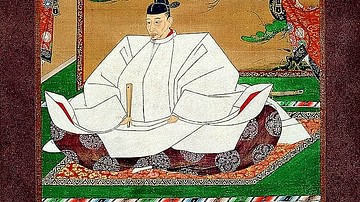
Definition
Toyotomi Hideyoshi
Toyotomi Hideyoshi (1537-1598 CE) was a Japanese military leader who, along with his predecessor Oda Nobunaga (1534-1582 CE) and his successor Tokugawa Ieyasu (1543-1616 CE), is credited with unifying Japan in the 16th century CE. Hideyoshi...